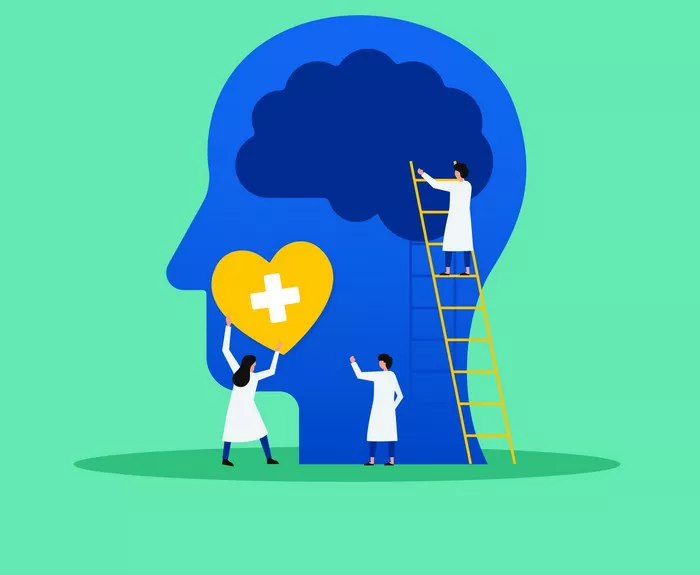FAQs
Why am I crying so much?
Crying excessively can be triggered by various factors like stress, grief, or hormonal imbalances. It’s often a natural response to emotional distress, but if it becomes overwhelming or persists without a clear cause, it might be beneficial to seek support from a therapist or counselor.
Is crying everyday a sign of mental illness?
Crying every day can indicate underlying mental health issues such as depression, anxiety, or unresolved trauma. While occasional crying is normal, frequent and uncontrollable crying spells could be a sign that something deeper is going on. It’s essential to seek professional help if this pattern persists.
How often is it normal to cry?
The frequency of crying varies greatly among individuals and can depend on factors like personality, coping mechanisms, and life circumstances. Some people might cry only occasionally, while others may cry more frequently as a way to process emotions. Ultimately, what’s important is understanding and addressing the underlying reasons behind the tears.
Related topics:
- Managing Anxiety Without Medication: A Comprehensive Guide
- Healing Depression Without Medication: Non-Medication Approaches
- Exploring Alternatives to Antidepressants: A Guide to Mental Health


